Product Management News
Medium
326
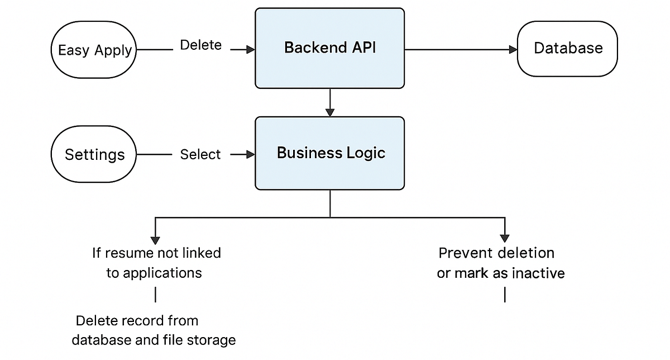
Image Credit: Medium
How a Tiny Missing Button Breaks the Flow: A Micro-Detail That Impacts Product Experience
- The absence of a delete button in LinkedIn's Easy Apply process causes friction.
- Users struggle with cluttered resumes, unable to remove outdated ones efficiently.
- This minor detail impacts user experience and adds unnecessary stress for job seekers.
- Adding a simple delete button can significantly improve product experience and user satisfaction.
Read Full Article
19 Likes
Medium
350

Image Credit: Medium
What’s Cooking?
- What’s Cooking? is a recipe generator catering to home cooks' repetitive daily cooking.
- It employs generative AI and ML to suggest personalized recipes based on available ingredients.
- The product aims to provide quick, convenient, and interesting meal solutions for users.
- Features include personalized recipe suggestions, cuisine selection, and integration with grocery platforms.
- The design process involved understanding user needs, personas, and evaluating trade-offs for solutions.
Read Full Article
21 Likes
Medium
144
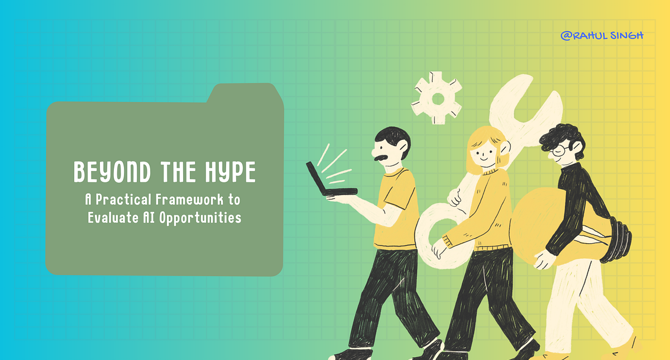
Image Credit: Medium
The AI Opportunity Scorecard: A Practical Way to Cut Through the Noise
- 95% of companies have a generative AI project on the roadmap, but only a quarter show measurable impact.
- A 7-Pillar AI Opportunity Scorecard has been developed to assess the worthiness of AI ideas, focusing on problem clarity, strategic alignment, and stakeholder readiness.
- The scorecard serves as a quick gut check to test if an AI idea is worth pursuing before investing significant time and resources.
- The framework aims to aid decision-making early in the process, helping teams prioritize, clarify problems, and advocate for valuable ideas in the AI space.
Read Full Article
5 Likes
Medium
123
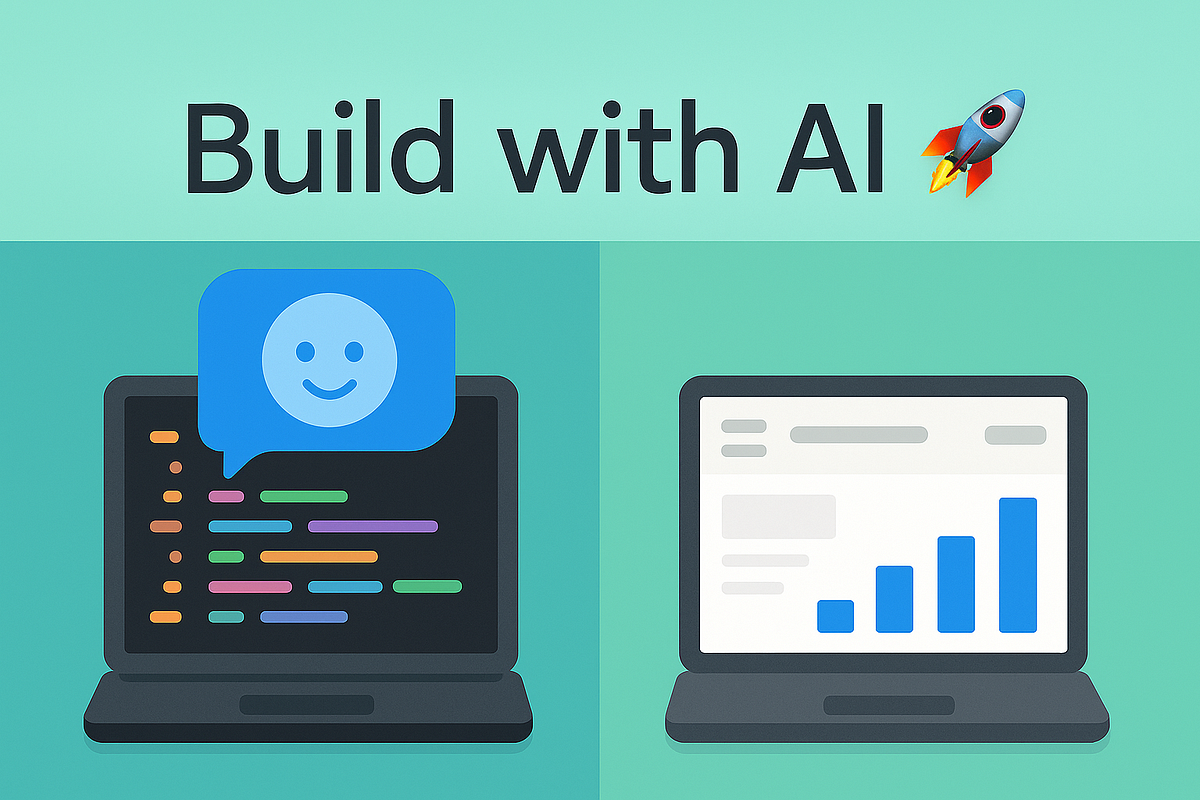
Image Credit: Medium
From Idea to App: How Tools Like Claude, Lovable, and v0 Are Changing Interactive Prototyping…
- AI-powered prototyping tools like Claude, Lovable, and v0 are revolutionizing the process of going from idea to app by streamlining prototyping and development phases.
- Claude enables fast prototyping for product people such as PMs, designers, and founders by offering a chat interface to create clickable prototypes.
- Lovable utilizes AI for quick creation of interactive UIs, allowing users to build real components that serve as the foundation of their applications.
- v0.dev provides a direct approach by generating working code based on a user's interface description, helping maintain momentum without restarting for every iteration.
Read Full Article
7 Likes
Discover more
- Programming News
- Software News
- Web Design
- Devops News
- Open Source News
- Databases
- Cloud News
- Operating Systems News
- Agile Methodology News
- Computer Engineering
- Startup News
- Cryptocurrency News
- Technology News
- Blockchain News
- Data Science News
- AR News
- Apple News
- Cyber Security News
- Leadership News
- Gaming News
- Automobiles News
Medium
291

Image Credit: Medium
Where do people get the money for your product?
- Many business owners tend to underestimate their audience's buying power by pricing their products too low based on their own sense of what is reasonable.
- This bias leads to low-margin products that require constant efforts to find cheaper traffic, as well as recruiting users similar to themselves who also perceive the prices as expensive.
- People have varying perceptions of the cost of products and services, and the concept of money as energy suggests that individuals will only trade their money for something they believe is worth more than what they gave up.
- Effective pricing strategies involve considering the energy cost of the target audience, avoiding pricing traps, understanding customer acquisition costs, and leveraging subconscious triggers to enhance perceived value.
Read Full Article
17 Likes
Medium
399
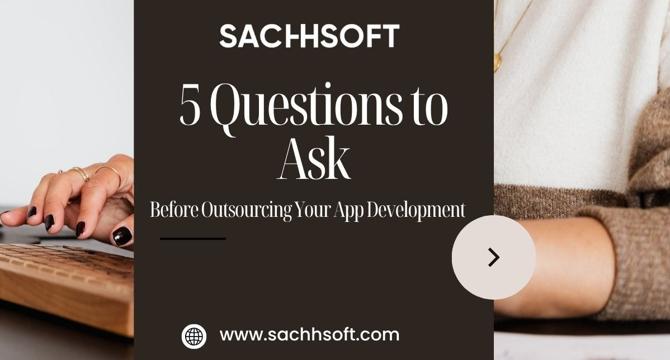
Image Credit: Medium
5 Questions to Ask Before Outsourcing Your App Development
- Outsourcing app development can offer benefits like faster time to market and cost efficiency, but proper planning is crucial to avoid potential issues.
- Before outsourcing app development, it is essential to clarify the app's purpose, target audience, and core functionality for better communication and outcomes.
- Experience in niche areas such as fintech or healthcare is critical when selecting an outsourcing team to reduce onboarding time and errors.
- Clear expectations on communication, tech stack decisions, and post-launch support are vital for successful app development outsourcing.
- Asking the right questions upfront can help in avoiding costly mistakes and ensuring long-term success in outsourcing app development.
Read Full Article
23 Likes
Medium
33
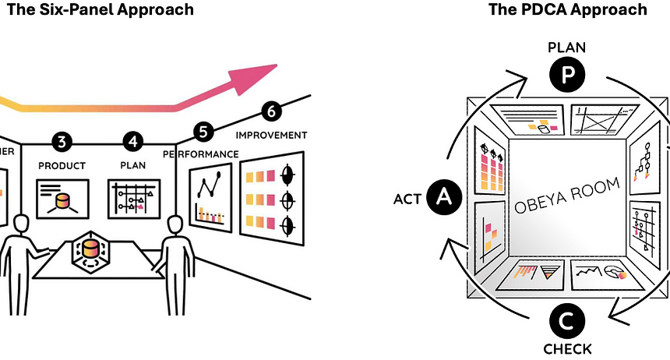
Image Credit: Medium
Product Obeya Design Guide: What to Include in your Product Obeya?
- Starting with a clear purpose for Product Obeya is crucial to its success, ensuring it aligns with the strategy > execution gap.
- Focus less on perfecting the structure initially and more on getting started with one of the available structures, adapting as you gain experience.
- Product Obeya should emphasize continuous learning, exploration, and validation, keeping track of open questions, insights, and upcoming experiments.
- Utilize physical markers to highlight areas of low confidence, blockages, and open trade-offs, and maintain a delivery flow overview without needing detailed story-level tracking.
Read Full Article
1 Like
Medium
1.7k

The Role of a Software Company in Delhi and How Production Management Software Drives Efficiency
- Delhi hosts various software companies offering tailored IT solutions to enhance business operations and drive efficiency.
- Software companies in Delhi specialize in creating custom solutions like production management software to meet business objectives and streamline processes.
- Integration services provided by these companies ensure seamless collaboration between different systems, enhancing workflow and efficiency.
- Production management software optimizes production processes, reduces costs, provides real-time insights, and improves productivity, benefiting businesses in Delhi.
Read Full Article
24 Likes
Medium
219

Image Credit: Medium
Requirements: How to Juggle them without dropping the ball
- Requirements gathering involves gathering information from stakeholders to understand their needs and expectations.
- Interpreting gathered information helps in clarifying, refining, and prioritizing needs to synthesize core themes and dependencies.
- Well-crafted documentation bridges the gap between business needs, technical implementation, and stakeholder understanding.
- Combining user stories, acceptance criteria, and diagrams is a powerful approach for creating actionable and traceable tickets in project management tools.
Read Full Article
13 Likes
Medium
206
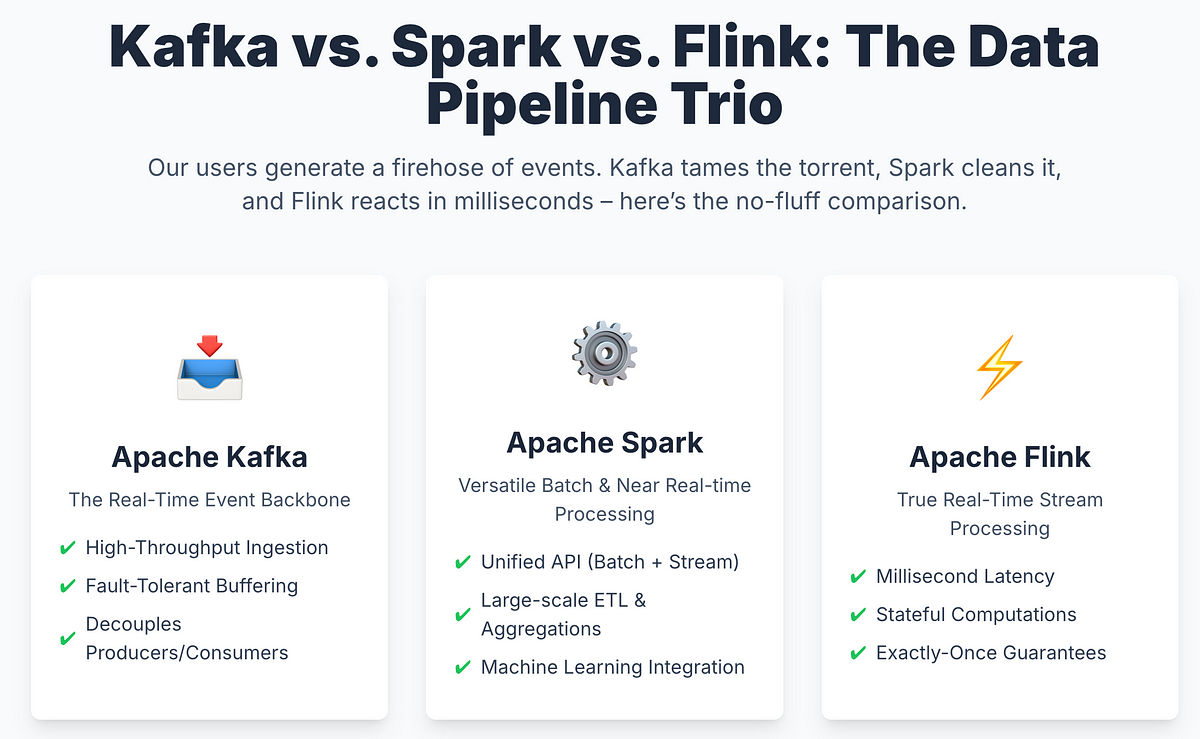
Image Credit: Medium
Inside the Engine Room: Kafka, Spark, and Flink for Clickstream at Scale
- Apache Kafka, Spark, and Flink are key tools for building a real-time clickstream analytics platform.
- Kafka is a distributed messaging platform designed for high-throughput event ingestion, serving as the core of the analytics pipeline.
- Spark supports both batch and streaming data with a flexible engine, while Flink offers low-latency, high-throughput processing for stream data.
- Understanding the strengths and limitations of Kafka, Spark, and Flink helps in selecting the right tool based on business latency requirements.
Read Full Article
12 Likes
Architecturesideas
277

Image Credit: Architecturesideas
How to Find the Best Door Supplier for Your Home
- Finding a reliable door installer or supplier is crucial for the comfort, security, and value of your home.
- Choose a supplier with experience, a strong reputation, and quality service.
- Consider where the supplies originate from and ensure the company is committed to ongoing research and development.
- Ensure the company explains the installation process, provides good service, and leaves no mess behind.
Read Full Article
16 Likes
Medium
4

Image Credit: Medium
The Nothing Success Story: How Carl Pei Made Tech Fun Again in India
- Carl Pei reimagined tech with Nothing, aiming to make technology fun and human-centric.
- Nothing, a London-based company, disrupted the Indian smartphone market with transparent designs.
- Their success lies in differentiation through design, focusing on efficiency, creativity, and dual-utility innovations.
Read Full Article
Like
Medium
12
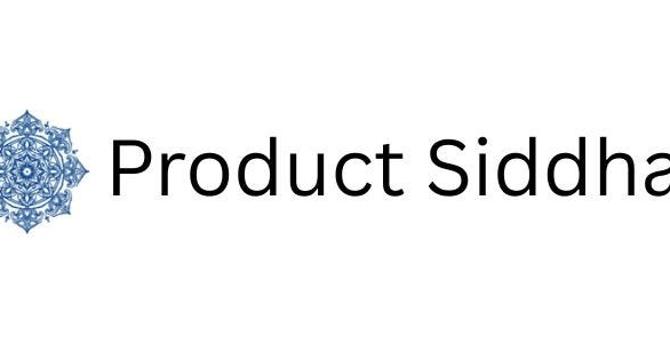
Image Credit: Medium
Choosing Product Analytics Tools That Expose Hidden Drop‑Offs Before They Drain Revenue
- Surface-level KPIs like pageviews or downloads often hide underlying issues, leading to revenue drain.
- Product analytics tools help identify hidden drop-offs in user journeys, allowing interventions for better UX and messaging.
- Choosing product analytics tools aligned with your business goals is crucial for unlocking real value.
- Key features to look for include event-based tracking, funnel creation, segmentation, cohort tracking, and integration with existing systems.
Read Full Article
Like
Logrocket
272
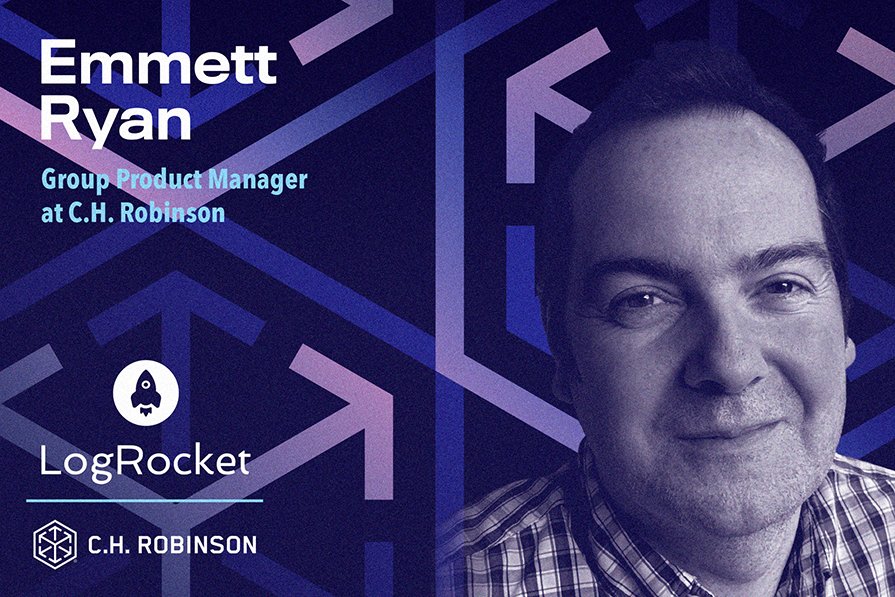
Image Credit: Logrocket
Leader Spotlight: Improving predictability using agile, with Emmett Ryan
- Emmett Ryan, a Group Product Manager, discusses how he introduced agile processes at C.H. Robinson.
- He emphasizes understanding people's personalities for a healthy team dynamic and managing challenges.
- Transitioning from legacy to agile practices led to improved project accuracy and stakeholder satisfaction.
- Agile principles like prioritizing, involving stakeholders, and building authority are key to success.
- Incorporating autonomy, mastery, and purpose in leadership helps drive team motivation and success.
Read Full Article
16 Likes
Medium
510

Image Credit: Medium
Your Startup Will Die Without a Distribution Strategy
- Having a distribution strategy is crucial for the success of a startup as it determines whether the company grows or fades away quietly.
- Many founders focus excessively on perfecting their product but overlook the importance of having a clear distribution strategy.
- Successful startups focus on building the right product and getting it into the hands of the right people through strategic distribution channels.
- Five key distribution levers include owned media, earned media, paid media, sales-led growth, and product-led growth.
Read Full Article
4 Likes
For uninterrupted reading, download the app